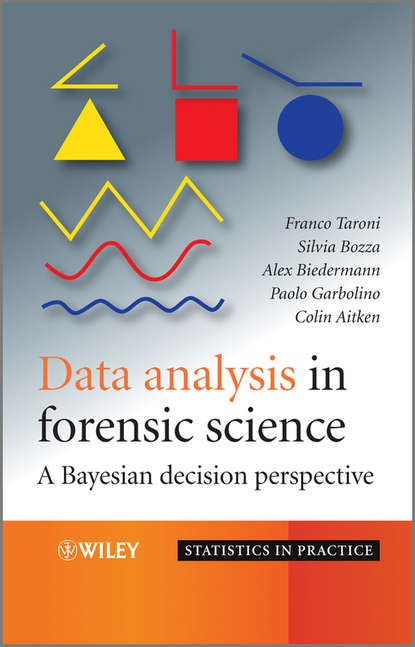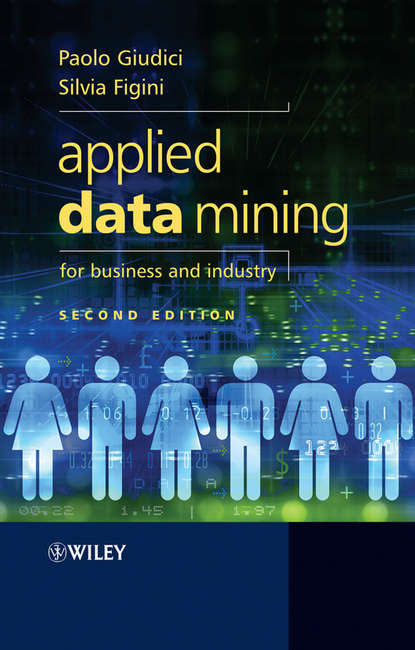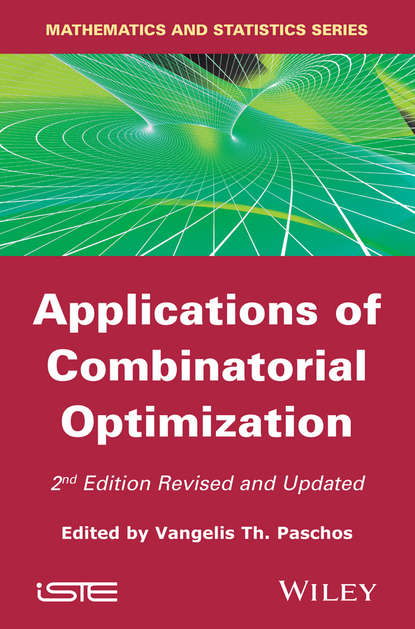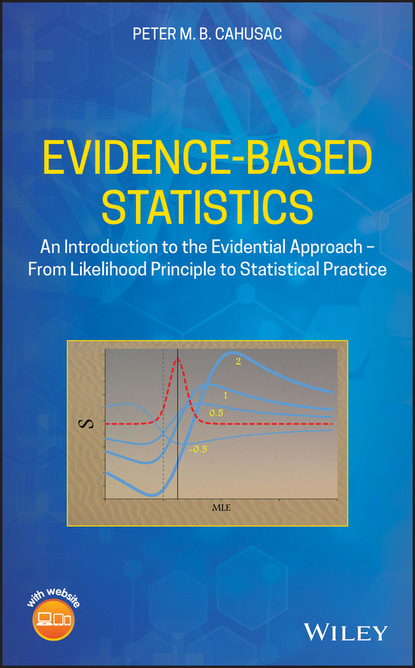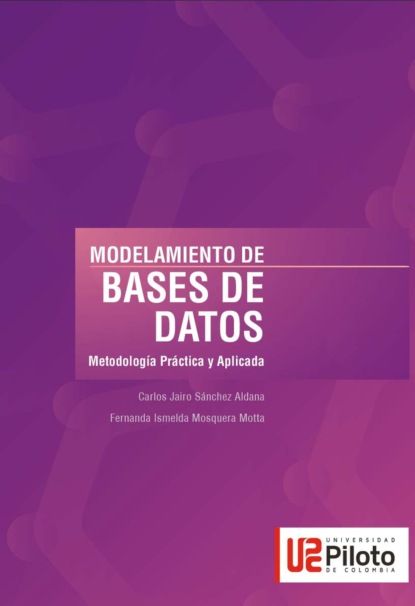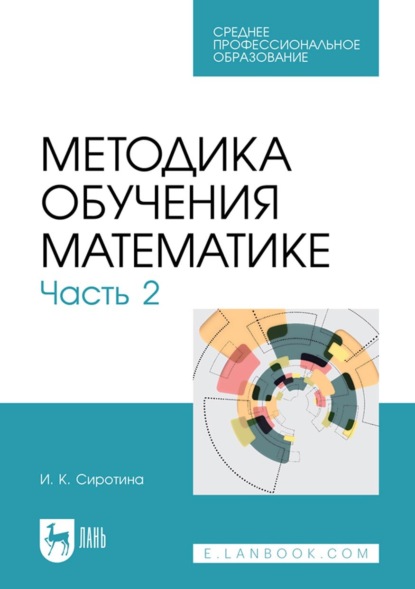"Анализ данных в судебной науке" - это первая книга, которая рассматривает использование статистических методов в судебной науке и байесовской статистики в сочетании. Книга разделена на две части: первая часть сосредоточена на философиях статистического вывода. Глава 1 рассматривает различия между частотным, правдоподобным и байесовскими подходами, а глава 2 дополнительно исследует байесовскую решающую перспективу и рассматривает ее преимущества. Вторая часть знакомит читателя с практическими аспектами: применение, интерпретация, сводка и представление анализа данных рассматриваются с байесовской решающей перспективы. Исследуется широкий спектр статистических методов, необходимых для анализа данных судебных наук. Это включает сравнение долей аллелей в популяциях, сравнение средних значений, выбор размера выборки и различение предметов доказательств неизвестного происхождения в заранее определенные популяции. На протяжении всей практической оценки приводится множество примеров из рутиноной работы судебных экспертов. Эти применения демонстрируются на все более популярном языке R. Читатель проходит через эти прикладные примеры пошагово, обсуждая методы на каждом этапе.
This is the first book to examine the effective use of statistical calculus in forensics and formalise Bayesian models.
Электронная Книга «Data Analysis in Forensic Science» написана автором Franco Taroni в году.
Минимальный возраст читателя: 0
Язык: Английский
ISBN: 9780470665077
Описание книги от Franco Taroni
This is the first text to examine the use of statistical methods in forensic science and bayesian statistics in combination. The book is split into two parts: Part One concentrates on the philosophies of statistical inference. Chapter One examines the differences between the frequentist, the likelihood and the Bayesian perspectives, before Chapter Two explores the Bayesian decision-theoretic perspective further, and looks at the benefits it carries. Part Two then introduces the reader to the practical aspects involved: the application, interpretation, summary and presentation of data analyses are all examined from a Bayesian decision-theoretic perspective. A wide range of statistical methods, essential in the analysis of forensic scientific data is explored. These include the comparison of allele proportions in populations, the comparison of means, the choice of sampling size, and the discrimination of items of evidence of unknown origin into predefined populations. Throughout this practical appraisal there are a wide variety of examples taken from the routine work of forensic scientists. These applications are demonstrated in the ever-more popular R language. The reader is taken through these applied examples in a step-by-step approach, discussing the methods at each stage.
